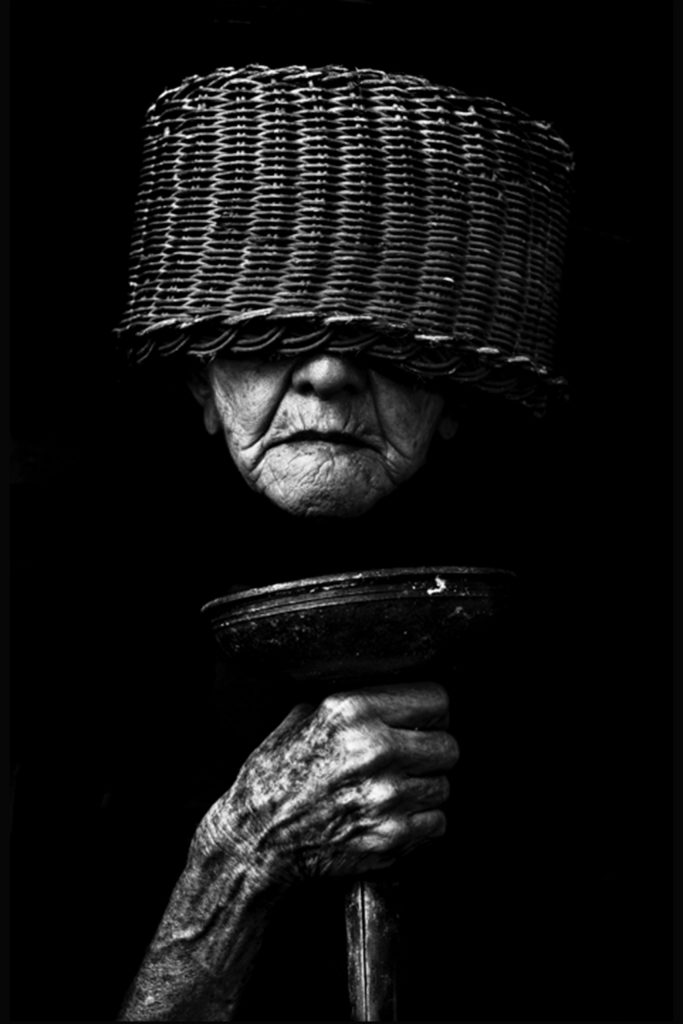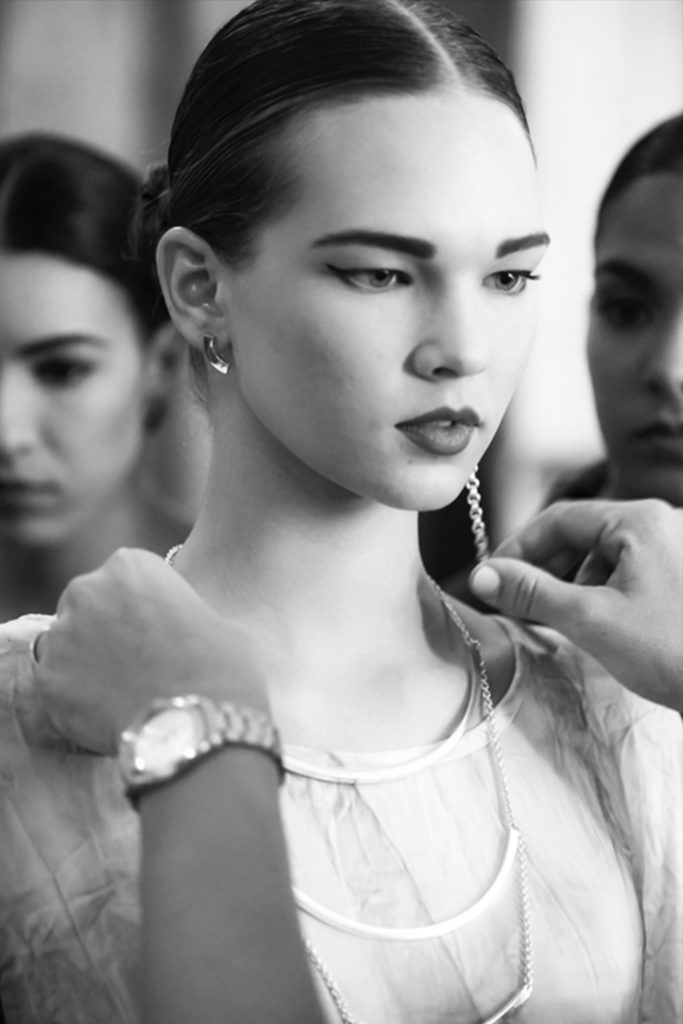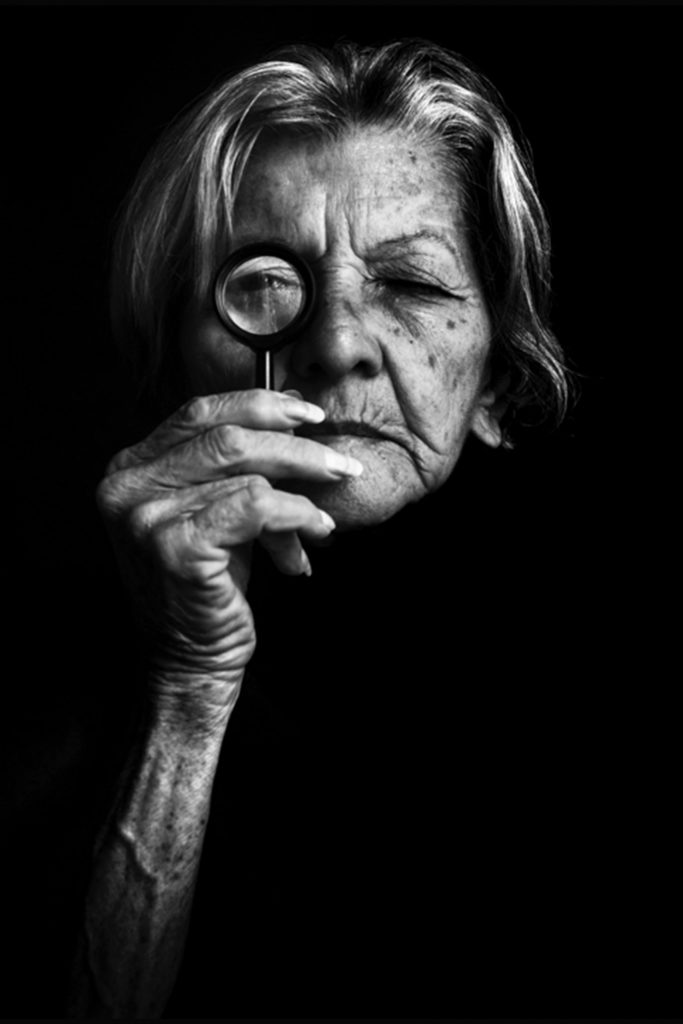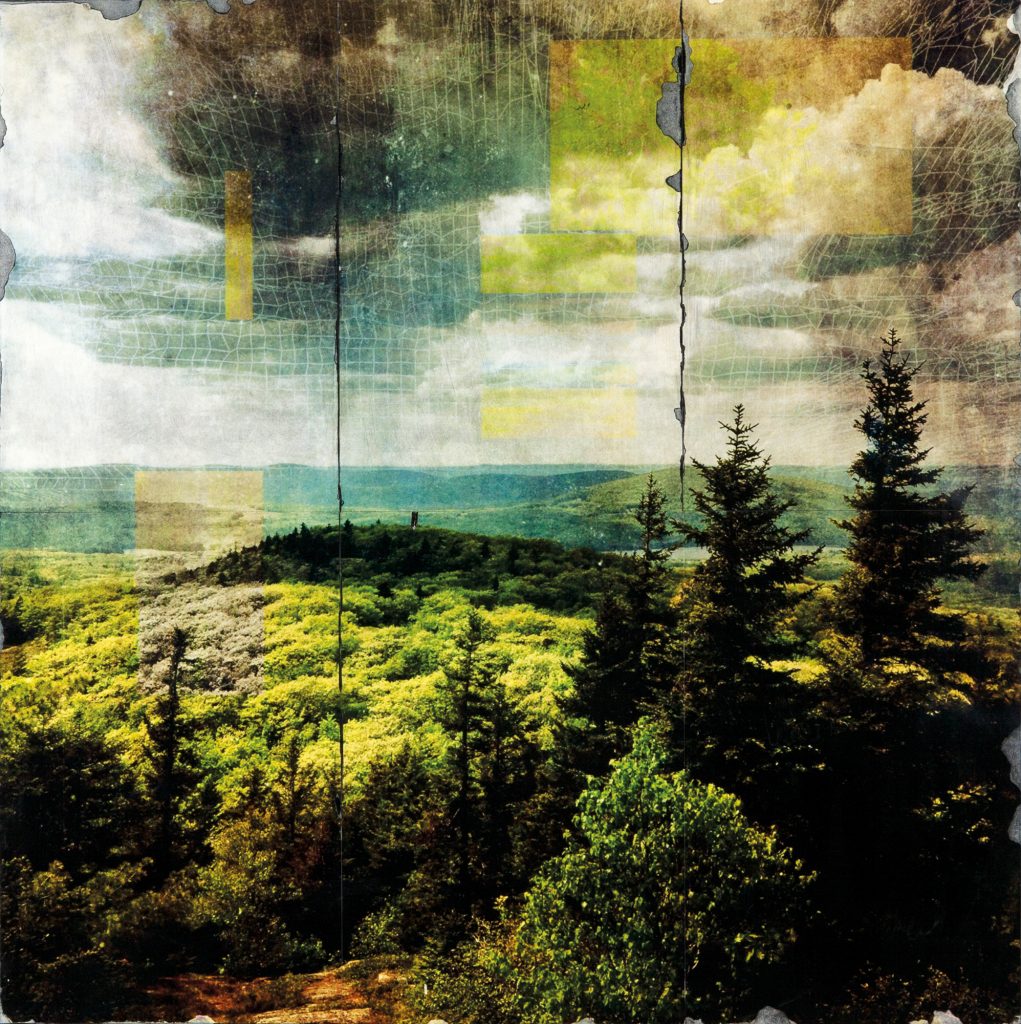Leaving Footprints Under Your Skin: Antonio Hernández

Photographer Antonio Hernández lives and works in Havana. It was not so long ago that he picked up a camera and dove into contemporary visual art. Though self-taught, he has mastered the language of photography with utter determination, persistent drive, passion, and innate talent. Even during these days, while the Coronavirus affects a disastrous number of people, he leads by forging ahead with his practice, in isolation. Speaking with him from Cuba via WhatsApp, I could hear the assertiveness that has helped him make wide strides, gaining mention and accolades from prestigious institutions within the country.
Alette Simmons-Jimenez is an interdisciplinary artist (among her working mediums are painting, sculpture, installation, poetry, and video) and cultural organizer. She received her BFA from Newcomb Memorial College, Tulane University (New Orleans). For over 40 years, she has moulded her practice and her expanded art-centric projects, into a catalyst for investigation; the discovery of our human/human and human/nature interconnectedness. Her work has been presented at venues including the Patricia & Phillip Frost Museum of Art (Miami), Museo de Arte Moderno (Santo Domingo, D.R.), the Museum of Latin American Art (Long Beach, CA), and the National Association of Women Artists (New York). She is a recipient of the Knight Arts Challenge Grant and the April Z. Newhouse Memorial Award (NAWA), and hosts the Art & Company Podcast from her Miami-based studio.
In a special guest post for FRONTRUNNER, Simmons-Jimenez meets Hernández.
First let me ask you how things are in Cuba with the world’s current crisis? I read that it’s quite likely that Cuba is well-prepared to handle the pandemic. I hope that’s true.
It’s very sad about the pandemic, especially so because of the human losses. Here in Cuba, I feel safe together with my family and I think that at some point, when everything has passed, this will only be a flash in our memory.

Piel Adentro 2 (Skin Inside), 2016
Digital photograph
Courtesy of the artist
What led you to become a photographer?
It was all very casual. My wife is a renowned metalsmith here on the island, and she owns the jewellery brand ROX950. When we needed a photographer, we hired several, but their work was not good, so I decided to do it myself. I bought a camera and started investigating. The first year I took photos of jewellery stores and fashion shows on the catwalks. Then, I entered a dressing room while the models were preparing for the catwalk, and that’s where my first works originated. I titled the series ‘Camerino’ (Dressing Room).
You mentioned to me that you had a career in Cuba as a sommelier. Was it difficult to change from that career to follow this path?
From a very young age I became involved in hospitality, and I worked in luxury hotels in Cuba. I was trained as a Maître de Sommelier. But nothing compares to photography and the tools it offers you to live, communicate, and explore the limits of the human being. Art saved me.
I know you are self-taught and it has been a struggle to gain respect. How do you persist?
My inspiration comes from the people in the city and in the circumstances that surround us. They became the reason to create. Imagination is everything. It’s indispensable for the creative process. It’s from that imagination, from that exchange with the medium, that I’m able to be continually open to new ideas, new concepts.

Ciudades Ordinarias (Ordinary Cities), 2017-19
Silver gelatin print on stone
22 x 32 cm
Courtesy of the artist
You photograph in black and white and seem seduced by mystery and shadow, and about people and the city. Can you talk about the visual emotion you project by focusing on these elements?
In each of my images, there is a projection of feeling(s). I attempt to bring them together through structure and space, and from there I explore a very personal aesthetic. I suppose my DNA travels between black and white, or, as a Cuban curator suggested in reference to my work, ‘through the dark light or dramatic illumination of Master Caravaggio.’ I have respect and concern for the spectator, and for this reason I demand a lot of myself. I’m always trying to propose a new language, or a new viewpoint.
I’m particularly intrigued by the Piel adentro (‘Skin Inside’) series, and a group of images within that series. Tell me more about these faces adorned or interacting with common household objects. They’re whimsical, yet serious at the same time.
‘Piel adentro’ is a journey to the center of one’s being, through the chambers of memory that somehow penetrate into the depths of a being. In each of the images, there is a mixture of feelings, experiences, desires, yearnings…which intermingle and become an intrinsic part of what is photographed. When I walked through this woman’s door, I felt something magic, like a special moment when a dream gets caught. I tried to reveal a singular being in full dialogue with itself. From real, ordinary events that took place in the immediate setting, I organized traces, footprints, to extend them into the images and I built a new reality.
The images in this series were chosen for their ability to evoke uncertainty, the lack of definition, limits, or delineations of spaces. Objects and figures project as symbols of restlessness and freedom. The series was created in 2016 and has received several mentions, but I haven’t exhibited them yet because I’ve not found the perfect space for them.

Camerino (Dressing Room), 2015
Digital photograph
Courtesy of the artist
You group your works into series– can you explain the process you go through when beginning to develop a series?
My works are grouped into either ‘Series’ or ‘Tests’. I work on the ‘Series’ indefinitely. The ‘Tests’, however, once completed do not get developed again. This always take time, never less than a year, and some may take years until they mature. Before starting to work on something, I always investigate who else has approached it and how they approached it, so not to fall into stereotypes. I visualize the project in large scale, looking at techniques, supports, aesthetics, and literature on the subject to be treated. When I feel I’ve advanced enough, I proceed to the curatorial process. This selection of the images – the museology – is one of the most difficult processes, but one that I enjoy the most. Even after the works are exhibited, I’m continuously rethinking the process and going deeper.
In Ordinary Cities, you experimented with printing your images onto stone. How did that idea come about? Are you going to experiment more with expanding the two-dimensional limitations of classical photography?
The idea of creating silver gelatin prints on emulsified stone arises from, and is linked to, a spiritual and artistic need. After mastering traditional techniques in the darkroom, I experimented on other surfaces to explore beyond the classical and to work not exclusively on paper. Challenges will always define us, and this will just be the beginning. ‘Ciudades Ordinarias’ (Ordinary Cities) is a test and an open documentary on cities. It examines the personal (the relationship between subjects and their settings) to looking farther, beyond classical portraiture in cities. These tests were inspired after I was awarded a 1st Prize at the 2017 VIII National Photography Biennial in memoriam of Alfredo Sarabia.
In what other ways has your work evolved over time?
I already observe a careful aesthetic of creative plasticity, dignified in portraits and the figurative. When using more direct photography, there [is] a more marked perception of consciousness at the moment of visualizing space and subject. The exploration of other supports and techniques has constructed a compass for the direction of my work going forward. Working with traditional photography from 35mm and 120mm film, then printing on stone, has greatly changed my perception of visual art photography, opening up new opportunities for the exploration of other unconventional media.

Piel Adentro 4 (Skin Inside), 2016
Digital photograph
Courtesy of the artist
What’s your next project or something you’re working on that you can tell us about?
I’m a man of more questions than answers. That has inspired several themes that I’m working on at the same time, one is in the curatorial stage. This year, I will take photography to another dimension in my practice. Appropriating elements from nature, I’ll be printing on surfaces that will form my first sculpture. The process of printing on emulsified surfaces is very interesting, starting with 35mm and 120mm film or negatives, and working through to this aesthetic that transports you to the classicism of photography.
Reality always surpasses contemplation, and my vision constantly breaks the limits of those thoughts in an endless search, one where my work will transcend borders in time, and memory. I try to bestow a cultural heritage to my children, and to photography within the contemporary art(s) of Cuba.








